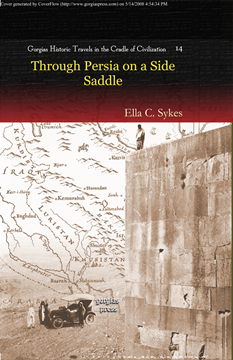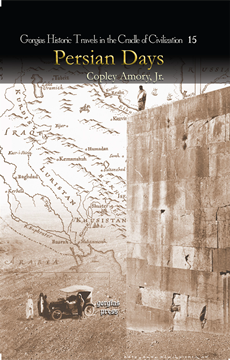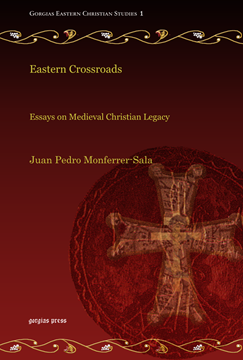Nebuchadnezzar’s Dream or The End of a Medieval Catholic Church
ISBN: 978-1-59333-583-0
The Catholic Church of the Third Millennium has retained many of its medieval images and formulations making its message incomprehensible for modern people. The book suggests different ways for modern Catholics to speak about Scripture, hierarchy, Jesus, the afterlife, sacraments, sin, redemption, sacrifice, supplicating prayer and other issues. His study seeks to be a faithful translation, advanced by modernity, of the same message that was previously transmitted in traditional medieval language.
$94.00 (USD) $56.40 (USD)
Catalogue of Syriac Printed Books and Related Literature in the British Museum
By Cyril Moss
Series: Kiraz Historical Catalogues Archive 2
ISBN: 978-1-59333-607-3
Moss’s catalogue represents the first effort at providing a thorough, printed database of the various materials that make up the British Museum’s Syriac corpus. The catalogue includes not only Syriac manuscripts, but also a listing of books and articles concerning them.
$368.00 (USD) $220.80 (USD)
A History of the Babylonians and Assyrians
ISBN: 978-1-59333-557-1
As an introduction to the ancient history of Iraq, Goodspeed’s book has stood the test of time. The reader is given a detailed rendition of the history of the Old Babylonian, Assyrian, and Neo-Babylonian Empires. Although out of print for many years, the book is consistently cited as a helpful introduction to the subject.
$191.00 (USD) $114.60 (USD)
Through Persia on a Side-Saddle
Series: Kiraz Historic Travels Archive 14
ISBN: 978-1-59333-558-8
This written travelogue of Ella Sykes’ historic first journey across central Asia has been considered a classic of women’s studies as well as a historic travel account. Detailing the impressions of Sykes while traveling with her diplomat brother through central Asia in the nineteenth century, this illustrated volume has a wide appeal to those interested in Iran as it used to be.
$167.00 (USD) $100.20 (USD)
Persian Days
By Copley Amory
Series: Kiraz Historic Travels Archive 15
ISBN: 978-1-59333-608-0
A fascinating travelogue through southern and central Iran, this early nineteenth-century account is written with wit and insight; the polymathic Copley Amory Jr. proves an able tour guide. The reader is taken from Tehran to Kerman and back, along a trail that highlights ancient sites of historical importance. Along the way, the culture of “tribes and tents” is described, as well as a plucky misadventure involving encounters with camel caravans and excessive automobile troubles. Written in a witty and engaging style, this account of a classic journey contains an education in the history and customs of a vanishing way of life.
$161.00 (USD) $96.60 (USD)
Eastern Crossroads
Essays on Medieval Christian Legacy
Series: Gorgias Eastern Christian Studies 1
ISBN: 978-1-59333-610-3
This volume contains papers from the First International Congress on Eastern Christianity held in Córdoba, Spain, November 2005. The encounter of medieval Christian writers with several linguistic traditions through the Middle Ages produced one of the most important branches of Middle Eastern literature. This encounter not only changed the nature of the respective writings throughout time, but also influenced considerably the development of the legacies transmitted by the writers and the scholars of various Eastern Christian churches.
$214.00 (USD) $128.40 (USD)





